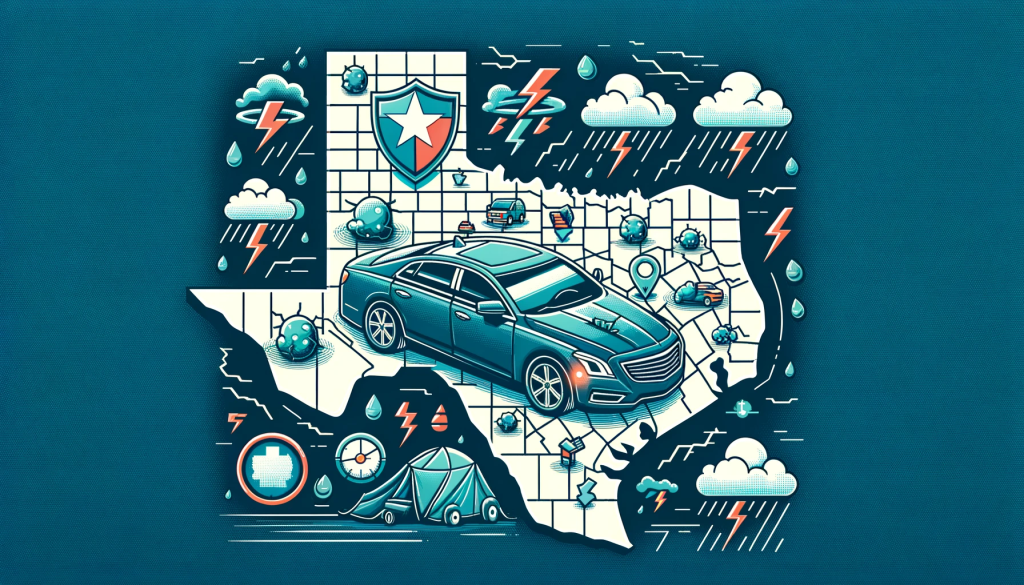Hailstorms are a common natural phenomenon that can cause significant damage to vehicles. Understanding how weather patterns influence the frequency and severity of hail damage is crucial for vehicle owners, especially in hail-prone areas like Texas. This article explores the relationship between weather patterns and hail damage, focusing on the unique climatic conditions in Texas and how they affect hailstorm occurrences.
Understanding Hail Formation
Hail forms within strong thunderstorms with intense updrafts, sufficient moisture, and a particular temperature profile. When updrafts carry raindrops into extremely cold areas of the atmosphere, they freeze into ice pellets. These pellets are lifted and carried by the updrafts, accumulating more layers of ice before eventually falling to the ground as hailstones. The size of the hailstones depends on the strength of the updrafts and the amount of moisture available.
Weather Patterns and Hail Frequency
General Patterns
Hailstorms are most common in regions where warm, moist air from the surface meets cooler air from higher altitudes, creating the necessary conditions for thunderstorms. The frequency and severity of hailstorms can vary significantly based on seasonal weather patterns and geographic location.
Specific Patterns in Texas
Texas, located in the heart of “Hail Alley,” experiences more hailstorms than most other states in the U.S. The state’s unique geography and climate contribute to this high frequency. During the spring and early summer, warm, moist air from the Gulf of Mexico collides with cold, dry air from the Rocky Mountains, creating ideal conditions for severe thunderstorms and hail formation.
The Impact of Texas Weather on Hail Damage
Seasonal Variations
In Texas, hailstorms are most frequent from March to June, with a secondary peak in the fall. During these periods, the collision of warm and cold air masses is most intense, leading to frequent and severe thunderstorms. Vehicle owners should be particularly vigilant during these months, as the likelihood of hail damage increases.
Regional Differences
Within Texas, certain areas are more prone to hailstorms than others. The Panhandle, North Texas, and Central Texas experience the highest frequency of hailstorms due to their proximity to the clash zone of warm and cold air masses. Cities like Dallas, Fort Worth, and Amarillo are particularly vulnerable, making it essential for residents to be aware of hail risks and take preventive measures.
Preparing for Hailstorms in Texas
Protective Measures
Given the high frequency of hailstorms in Texas, vehicle owners should take proactive steps to protect their cars. Parking in covered areas, using car covers specifically designed to withstand hail, and staying informed about weather forecasts are crucial preventive measures. Additionally, installing hail guards or nets can offer extra protection.
Importance of Timely Repairs
After a hailstorm, it is essential to inspect your vehicle for damage and seek timely repairs. Delaying repairs can lead to more significant issues, such as rust and reduced vehicle value. Paintless Dent Repair (PDR) is an effective and eco-friendly method for fixing hail damage without affecting your vehicle’s original paint job.
Conclusion
Understanding the relationship between weather patterns and hail damage frequency is vital for vehicle owners in Texas. By recognizing the unique climatic conditions that contribute to hailstorms and taking proactive measures to protect and repair their vehicles, Texans can mitigate the impact of hail damage. Stay informed, stay prepared, and ensure your vehicle remains in top condition despite the unpredictable Texas weather.



